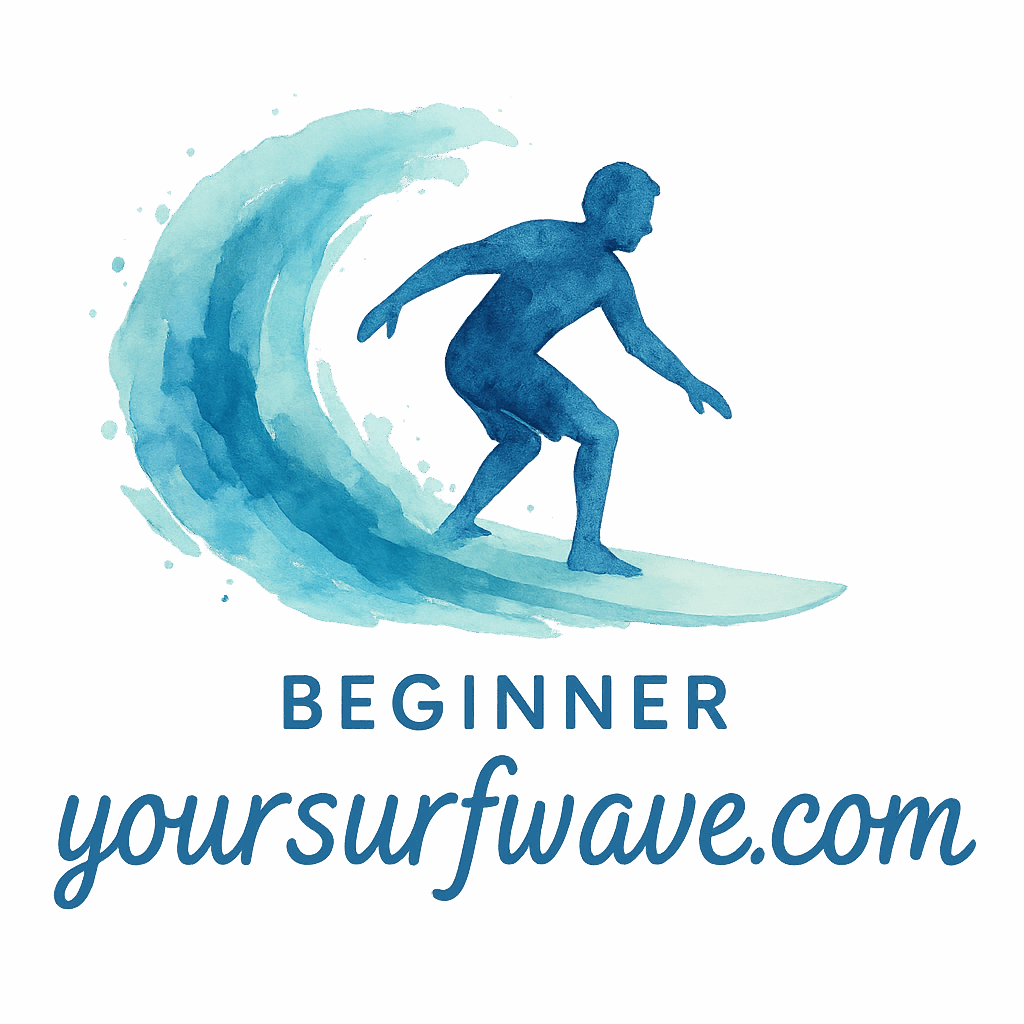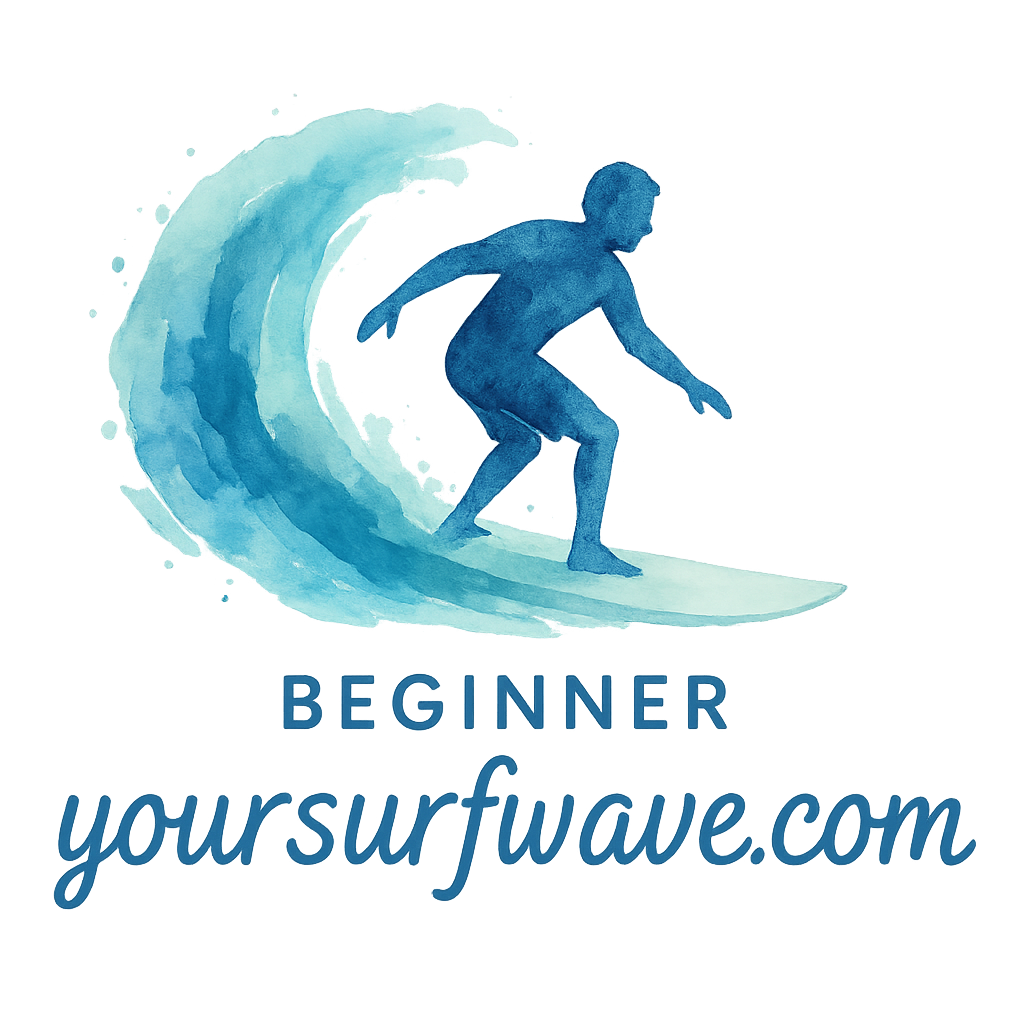So, you’ve finally decided to learn how to surf—awesome choice! But before you go throwing your wallet at every shiny surfboard and brand-name wetsuit, let’s talk smart. There’s no need to burn through cash when you’re just starting. With the right info (and a bit of budgeting), you can find great surf gear without selling your car.
Here are 6 affordable surf gear essentials every new surfer should consider, plus some bonus tips to save even more. 🌊
Why Choosing the Right Surf Gear Matters
Starting Out on a Budget
We get it—surfing can feel intimidating, especially when it looks like everyone else already owns top-tier gear. But guess what? Most pros started just like you, using secondhand boards and gear from local surf shops. The good news? There are tons of budget-friendly surf essentials that are great for beginners.
Want to see more tips? Check out Beginner Tips for everything you need to start strong.
1. Beginner-Friendly Surfboard
Soft-top Surfboards: The Go-To for Starters
When you’re first paddling out, you don’t need the lightest or flashiest board on the market. You need a soft-top surfboard. They’re more forgiving, safer, and way cheaper than high-performance boards.
Check out our favorite surfboard reviews to find boards that don’t break the bank.
Why Size and Shape Matter
Bigger is better—at least when you’re starting out. Look for boards in the 7′ to 9′ range with a wide nose for easier paddling and stability. You’ll fall less and ride more.
Best Budget Picks
Some solid, low-cost brands include Wavestorm, Catch Surf, and South Bay Board Co. You can also snag amazing deals in the Beginner Surfboard section.
2. Wetsuit for All Seasons
Do You Really Need a Wetsuit?
Unless you’re surfing in tropical water year-round (lucky you!), a wetsuit is a must. It keeps you warm, protected from UV, and avoids those nasty jellyfish stings.
Want to improve your cold-water tolerance? Visit Surf Fitness for tips.
What Thickness Should You Get?
- 2/2 mm for warm water
- 3/2 mm for cool
- 4/3 mm+ for cold conditions
Budget-Friendly Wetsuit Brands
You don’t need Rip Curl or O’Neill right away. Try affordable options from Decathlon’s Olaian line or used suits from your local shop.
Dive into more wellness-focused gear here: Beginner Wellness
3. Leash: Your Surfboard’s Safety Rope
What Type of Leash Do Beginners Need?
Leashes are a must. They keep your board from flying off and hurting others—or you. For beginners, a regular, straight leash about the same length as your board works great.
Leash Length and Thickness Explained
- Longboards: 9–10 ft leash
- Funboards: 7–8 ft
- Shortboards: 6 ft
- Thickness: Thicker = more durable
Explore more gear guides in the Surf Gear section.

4. Surf Wax or Traction Pad
The Budget Battle: Wax vs. Pads
Every surfer needs grip. Surf wax is cheap and easy. Pads are pricier but last longer.
Best Value Wax Brands
Sticky Bumps and Mr. Zog’s Sex Wax are beginner favorites. For warm climates, go tropical; for colder spots, use cold or cool wax.
When Should You Upgrade to a Pad?
Once you’re catching waves consistently and doing turns, a traction pad might be worth it. But until then, stick to wax.
More on surf basics here: Surf Basics
5. Rash Guard or Surf Shirt
Sunburns, Rashes, and Staying Comfortable
Forget sunscreen that washes off. A rash guard saves your skin from both the sun and board rash. Plus, they’re super affordable.
Affordable Picks that Last
Look for UPF-rated rash guards at surf outlets or online sales. Brands like Decathlon, Amazon Essentials, and Hyperflex are great starting points.
Keep your surf lifestyle in check here: Surf Lifestyle
6. Surfboard Bag or Sock
Protecting Your Board While Saving Money
Even cheap boards deserve protection. A surfboard bag or sock shields your gear from dings, sun damage, and transport wear and tear.
Cheap but Effective Options
Board socks from Ho Stevie! or Curve offer protection at a fraction of the price of full-padded bags. You’ll thank yourself later.
Want more surf travel hacks? Check out Surf Travel
Bonus: Affordable Fitness Tools for Surf Training
Indoor Prep for Ocean Success
Want to surf better and paddle longer? You don’t need a gym membership. Indoor exercises can mimic surf moves perfectly.
Visit Indoor Exercise or Home Workout to get started.
Home Workout Gear for Surfers
- Balance boards (improves core strength)
- Resistance bands (mimic paddling)
- Foam rollers (prevent injuries)
Check out more Surf Fitness for routines designed for surfers.
How to Save Even More on Surf Gear
Local Shops, Used Gear, and Surf Communities
- Hit up Craigslist or Facebook Marketplace
- Ask about rental board sales at surf schools
- Join beginner surf groups—they often do gear swaps
Explore helpful topics at Learn to Surf and Beginner Surf USA
Conclusion: Gear Up Without Breaking the Bank
Surfing doesn’t have to be expensive. With the essentials listed above—plus a few smart money-saving tricks—you’ll be riding waves in no time. Just remember: comfort, safety, and fun come first. The ocean doesn’t care how much you spent. All that matters is your stoke.
Ready to ride? Start your journey here at Your Surf Wave and explore more on gear, lifestyle, fitness, and beginner advice.
FAQs
1. What’s the cheapest way to get started with surfing?
Buy used gear, rent when needed, and explore beginner resources at Beginner Surfing.
2. Are soft-top surfboards okay for learning?
Absolutely. They’re safer, cheaper, and great for mastering the basics.
3. Can I surf without a wetsuit?
If the water’s warm enough, sure. But for comfort and safety, a wetsuit is a solid investment.
4. What’s the most important gear for a beginner?
A reliable surfboard, leash, and wax. The rest can come later.
5. How can I train for surfing at home?
Use tools like balance boards and resistance bands. Check Surf Fitness for full routines.
6. Should I buy a traction pad right away?
Not necessary. Wax is cheaper and works great for beginners.
7. How do I choose the right surf gear size?
Go bigger for boards, thicker for wetsuits in cold water, and match leash length to board size.


